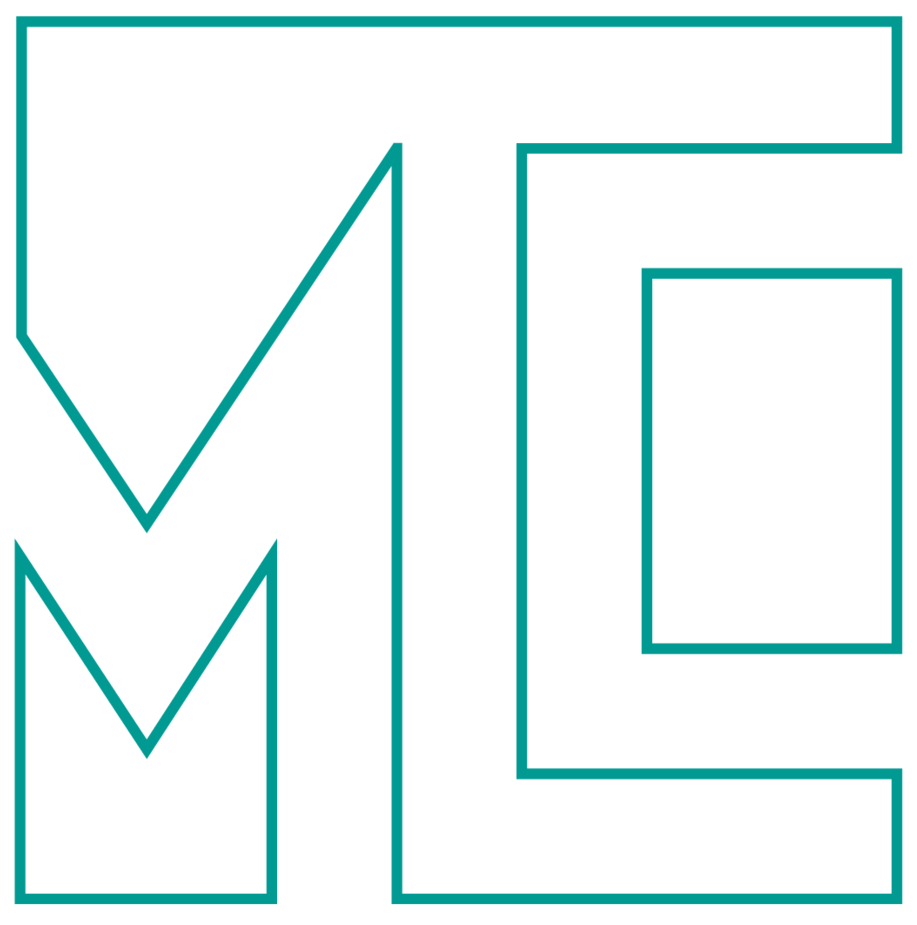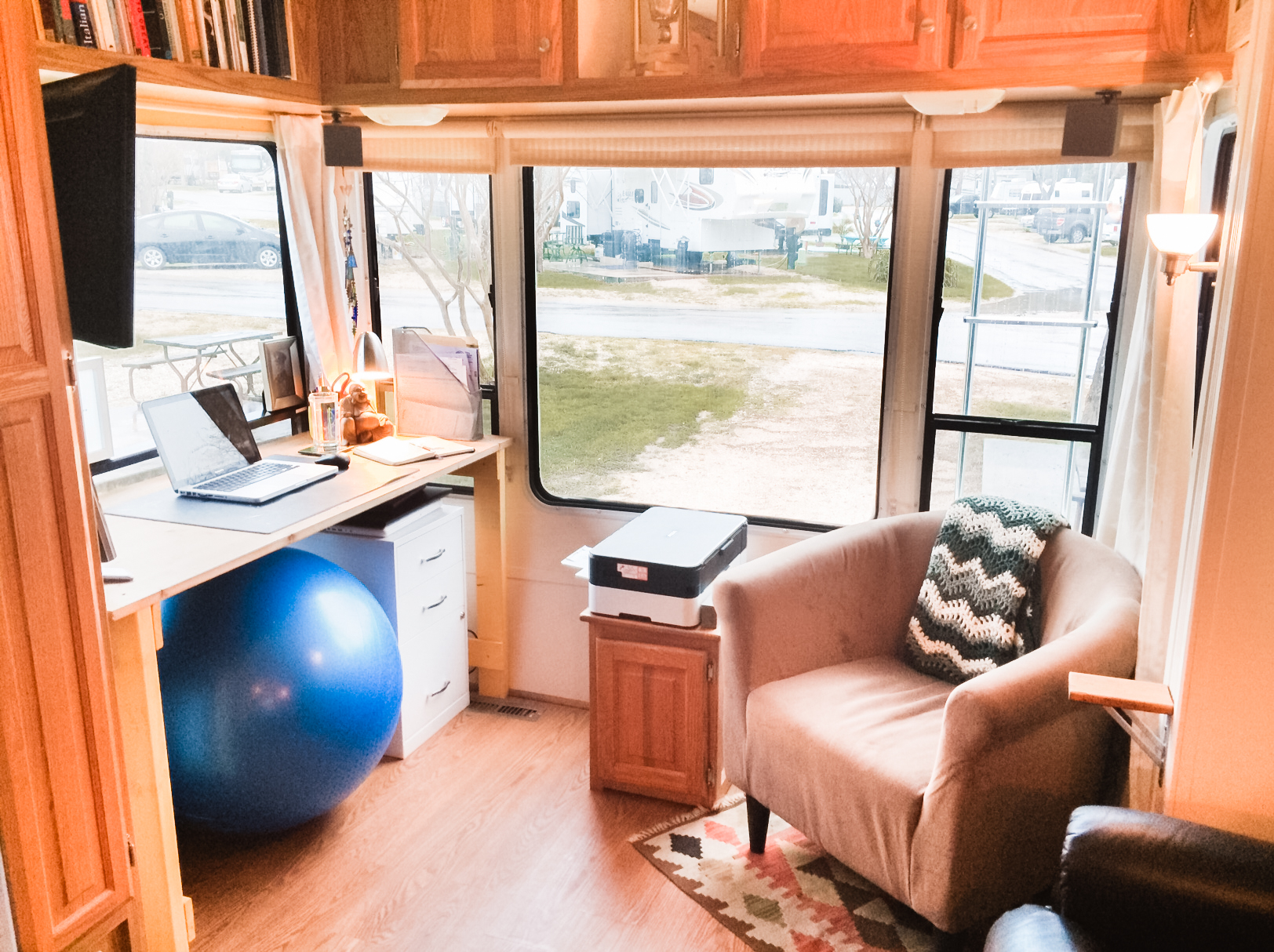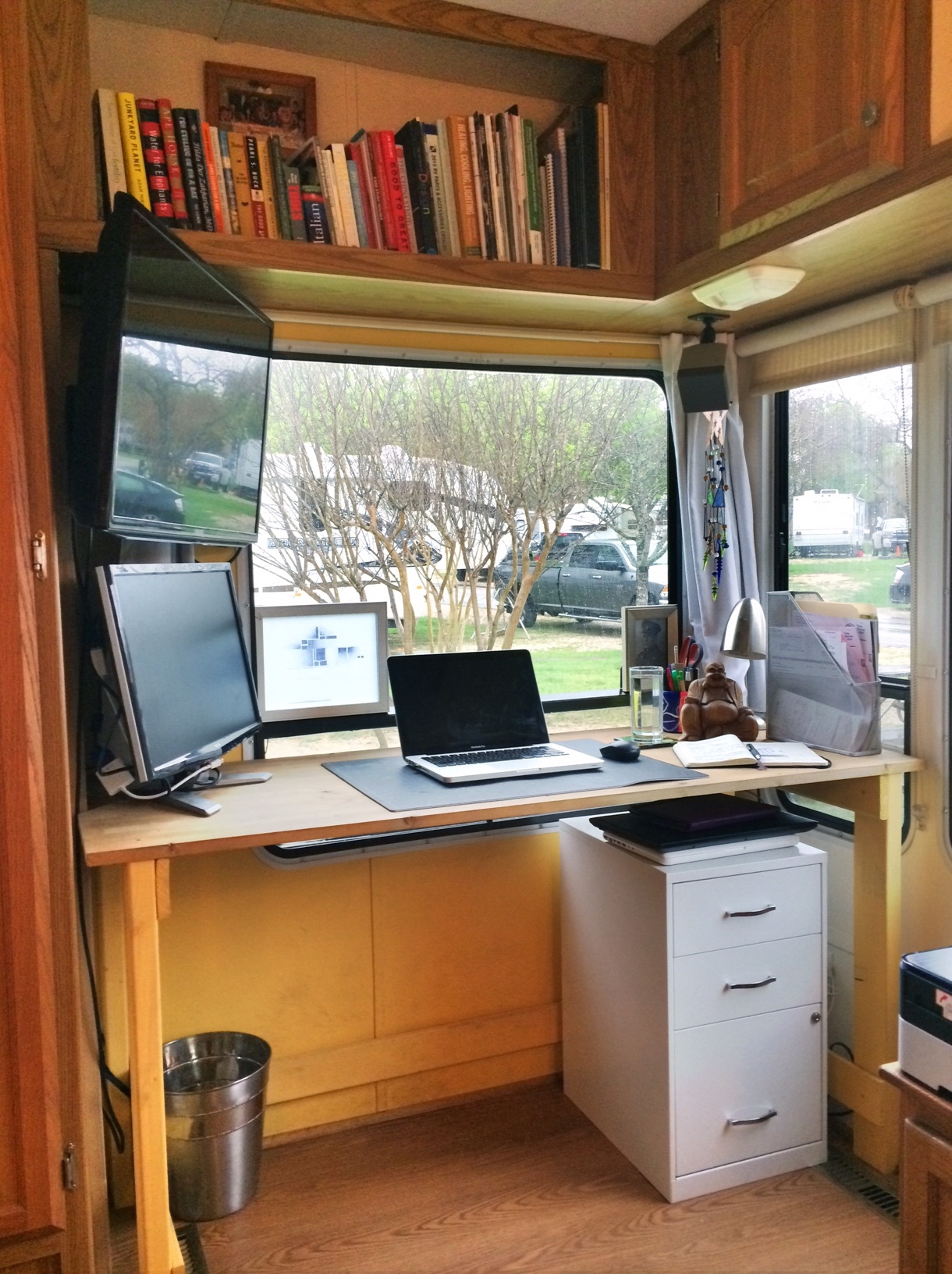Tiny Working: How Will It All Fit?
How to build your own tiny office.
You'd like to work from home, but how will all your stuff fit? Here's a step-by-step guide to setting up your own tiny office.
I live AND work in a 300 square foot RV. Having a home office is a financial dream. My overhead is incredibly low and, being half Scottish (a people known for their frugality), I get huge satisfaction from my tiny monthly costs.
If you’re ready to work from home but aren’t sure how it will all fit, here are a few tips to make it happen.
1. What Do You Need?
What’s required for your profession? Do you need filing cabinets, bookshelves, a printer? Figure out exactly what equipment you MUST have.
Here’s what’s in my home office:
- Computer monitor – powered by my laptop
- Large desk space – for laying out plans
- Printer
- (2) Large filing drawers
- (2) Small drawers
- Bookshelves
- Desk lamp
- Pen holder
- Storage for (3) laptops and (1) iPad
- Paper tray
- Space for my inspiring knick-knacks
2. How Big is Your Equipment?
Do some research and find the slimmest, smallest, best performing technology you can afford.
Most office equipment is rapidly getting smaller and better functioning. You don’t have room for much, allow yourself to invest in new products that will fit.
3. Custom Furniture?
It’s important to use every inch of space. If you can’t find furniture that fits, make it yourself or find a finish carpenter to design and build it for you.
I made my desk. I sketched the design, made a list of lumber, asked the lovely people at the Home Depot to cut it, and then screwed it all together inside the RV. It was relatively simple and provides the perfect workspace.
The design is at the perfect height to keep my shoulders comfortable while typing, and the worktop is the ideal depth for laying out plans.
4. Assemble Slowly
Make a plan for the space (where major furniture will go, what you can fit in the gaps, etc), but fill it in slowly.
First, place the big stuff like your desk, computer, printer, book collections, and file cabinet. Then place the smaller, more flexible stuff like a desk lamp, charging station, and paper tray.
Figure out what’s missing and take measurements. Time to go shopping. Buy one thing at a time. Install it in your office and live with it for a day or more.
Your original plan will change, you may replace what you already own and the printer may end up in a totally different spot than you thought, but that’s ok! Assemble slowly and each thing will have time to settle into the perfect spot
You’re prepared to fit your workspace into a tiny space, but what about your brain? There are emotional ramifications to working ten steps from your bed; I’ll talk about those in Tiny Working: How to Stay Sane.


